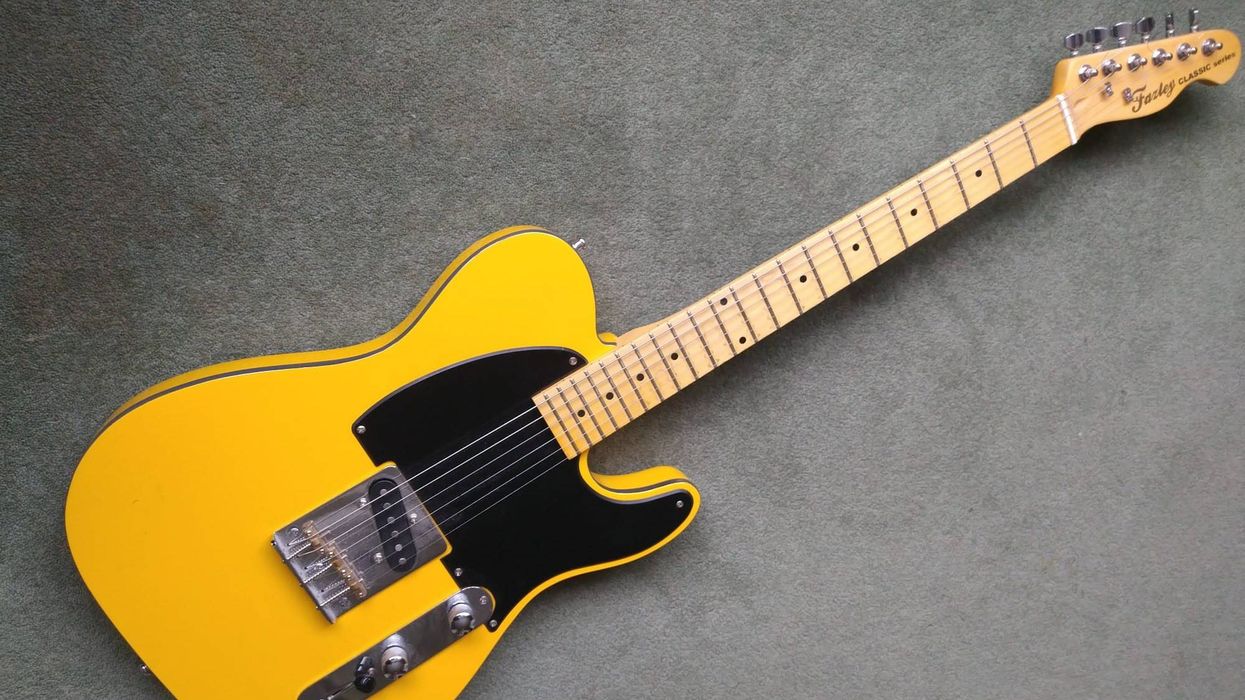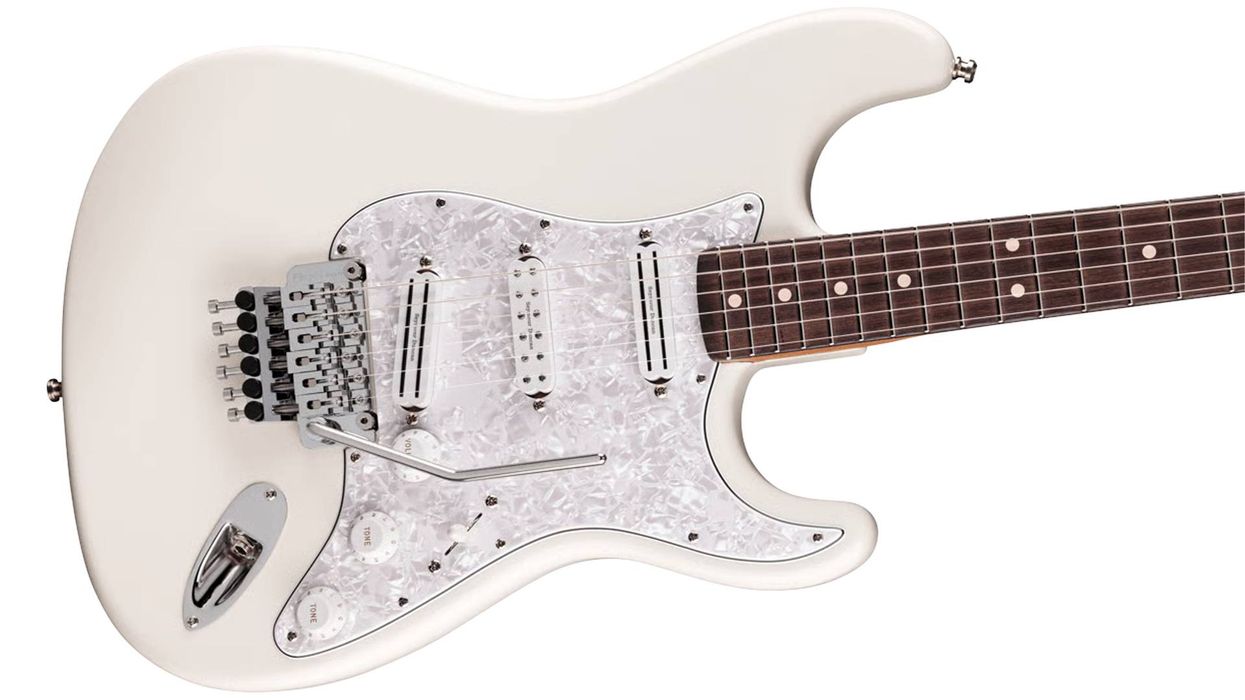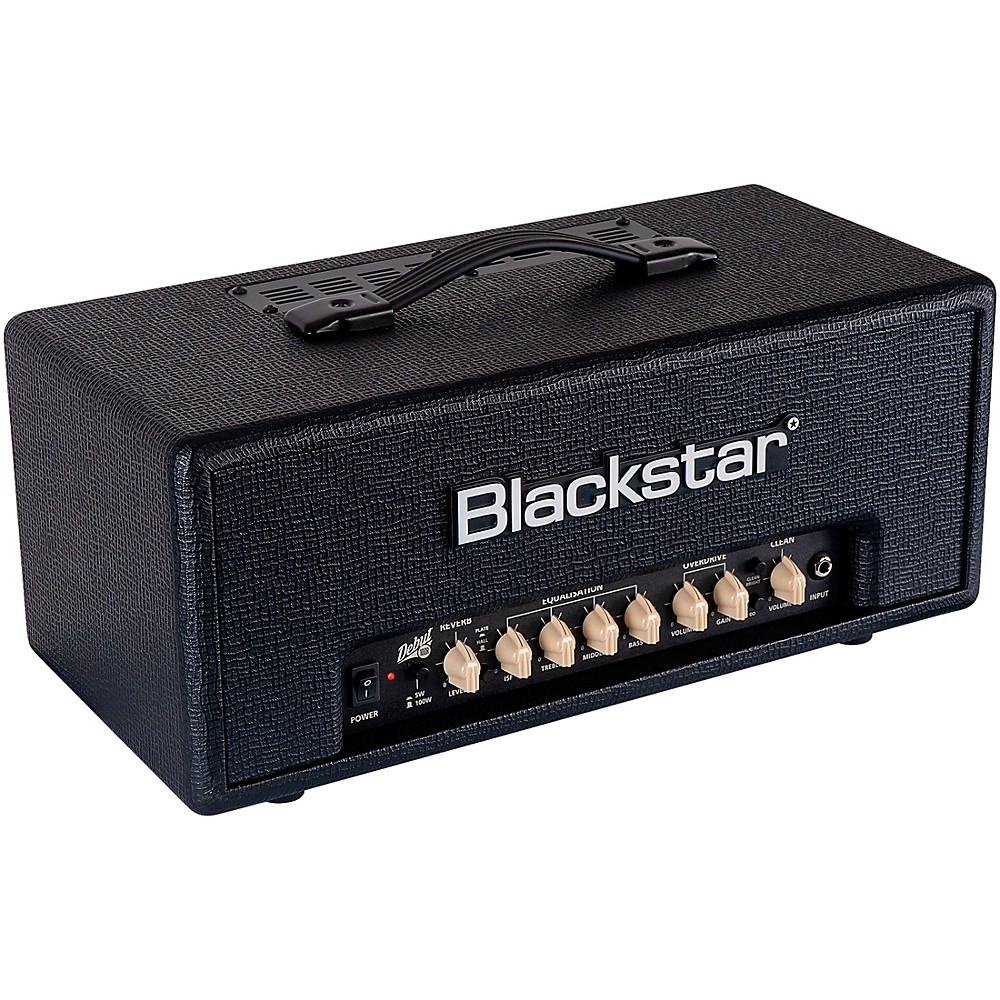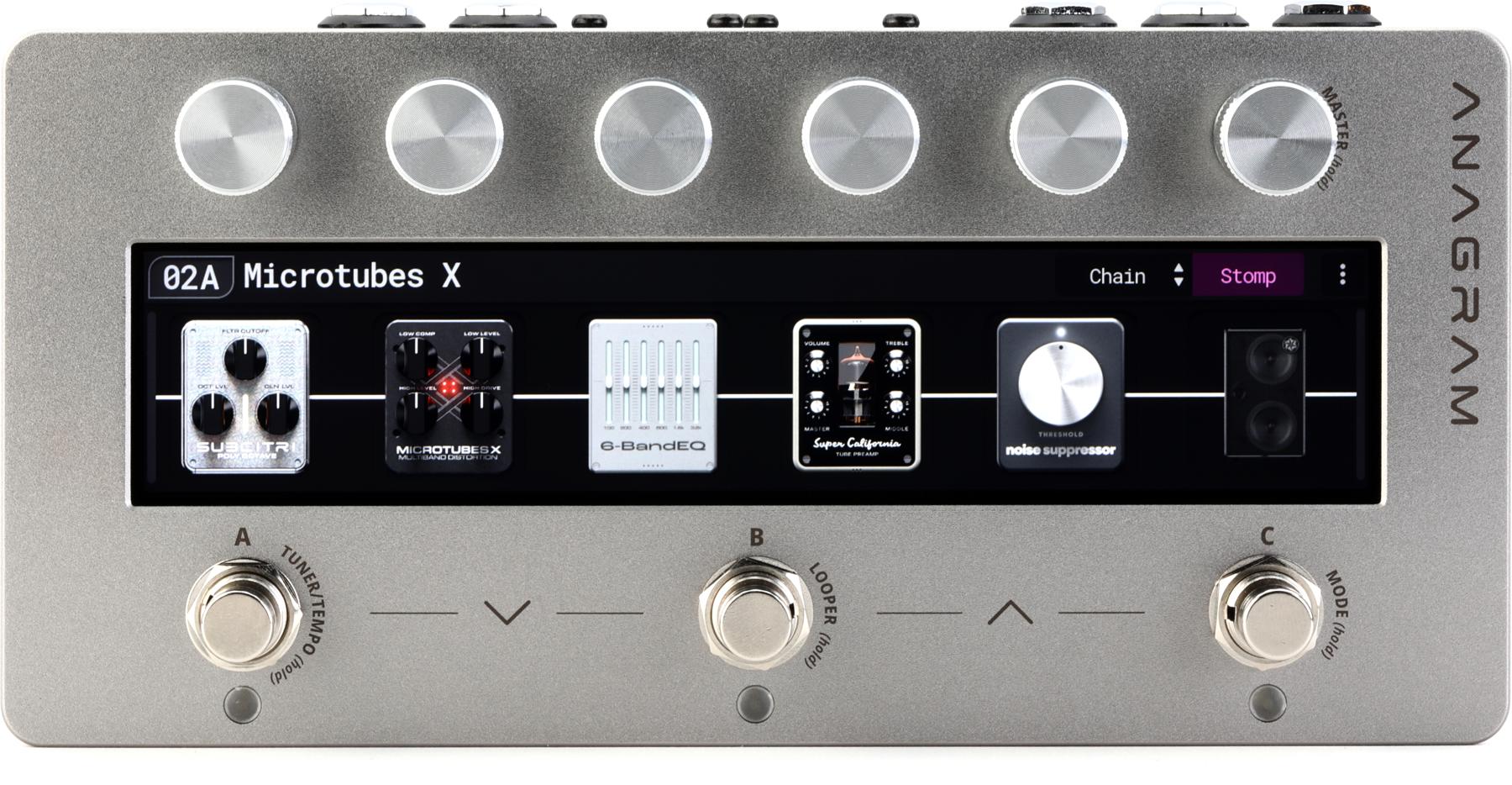No Marriage of the Meek
I’d love to know what kind of records are on the turntable at the home of Way Huge designer Jeorge Tripps. I might even like to know what he’s eating for breakfast, because, between the recent excellent Atreides Weirding Module and the Attack Vector, he seems extra focused on the interrelationship between envelope and phase. Yet, the way those two effects are used on the two pedals yields very different results, and we should not assume that the phase and filter effects on the Atreides, which also offers fantastic, hair-singeing fuzz, can be used interchangeably. In fact, the two devices behave and create sound in wildly different ways. Given the range in color of the phase and envelope effects that reveals itself, it’s easy to hear how Tripps became intrigued with such possibilities.
“Of the two effects, the Phaser strays most clearly from familiar analog templates.”
Depending on your perspective and tasks at hand, you can argue the Attack Vector is a much more practical and flexible application of the two effects. On the Atreides, the strong personality of the fuzz and EQ effects (and the inability to remove them entirely) makes more familiar applications of phaser and filter harder to achieve. The Attack Vector, however, will willingly play the part of circa-’77 Jerry Garcia or a trippy Phase 90 in ways the Atreides cannot.
Of the two effects, the Attack Vector phaser strays most clearly from familiar analog templates. It’s not as classically chewy as a Small Stone, an Ibanez PT9, or an MXR Phase 90, which is, of course, a cousin within the Jim Dunlop family. There’s a possible reason for this: The Attack Vector’s envelope filter can generate intense peaks, and pairing those spikes with a phaser that modulates with its own intense resonant peaks can create ugly volume irregularities and odd, hiccup-y, phase cancellations, which happened when I mated the Attack Vector filter to a particularly resonant vintage Phase 90 clone. The Attack Vector’s phase cycle seems competitively flatter and a little less elastic. In isolation, this quality can be very practical. For instance, you can tailor more phase textures that leave more room for picking dynamics or especially abrasive fuzz. Some players might miss the extra rubbery qualities of more classic phasers. Others with less dogmatic views of what proper phaser vintage tone is could find a lot of utility in its voice. The modulation frequency, by the way, ranges to hyper-fluttery extremes, which can work to bizarre ends with the filter in the mix.
The Quack in the Room
In pure envelope-filter mode, the Attack Vector is forgiving, agreeable, and easy to work with—even if the effect is an unfamiliar language. I particularly love it with single-coils, where it can sound extra snappy and nasty with a range setting that favors higher-mid peaks and a full-clockwise sensitivity setting. But its also very happy with the rounder edges from PAF-style humbuckers.
In tandem, the filter and phaser potentially yield much weirder fare. And if you’re the kind of player that bores fast with well-worn tone templates, there’s a lot of ways to get in trouble here. Using those same clockwise sensitivity and high-mid resonance settings on the filter with full-clockwise peak settings and a slow-to-medium rate from the phaser creates mutant electric sitar sounds that could underpin a memorable solo or work to double a less interesting one. Slowing the phase rate, backing off the phase resonance, and pairing with smoother, more vocal filter settings creates a composite that showcases the most classic version of each effect in a beautifully dovetailed whole.
The Verdict
Individually, the envelope filter and phaser on the Attack Vector are cool. And I could see many players picking the unit up primarily for the easy-to-use envelope filter. It’s a bummer that you have to reach down to toggle between the three modes, because I could imagine many applications where switching between effect combinations would add effective and distinctive drama to song sections and solos. But maybe that’s a small price to pay for more compact dimensions on what, for many, will still be a niche effect. That said, the beauty of the Attack Vector is that it probably won’t seem niche-y to the open-minded. There are many conventional phase and filter tones that make this pedal practical and full of possibilities—and a ton more that are guaranteed to make a very profound impression.




















